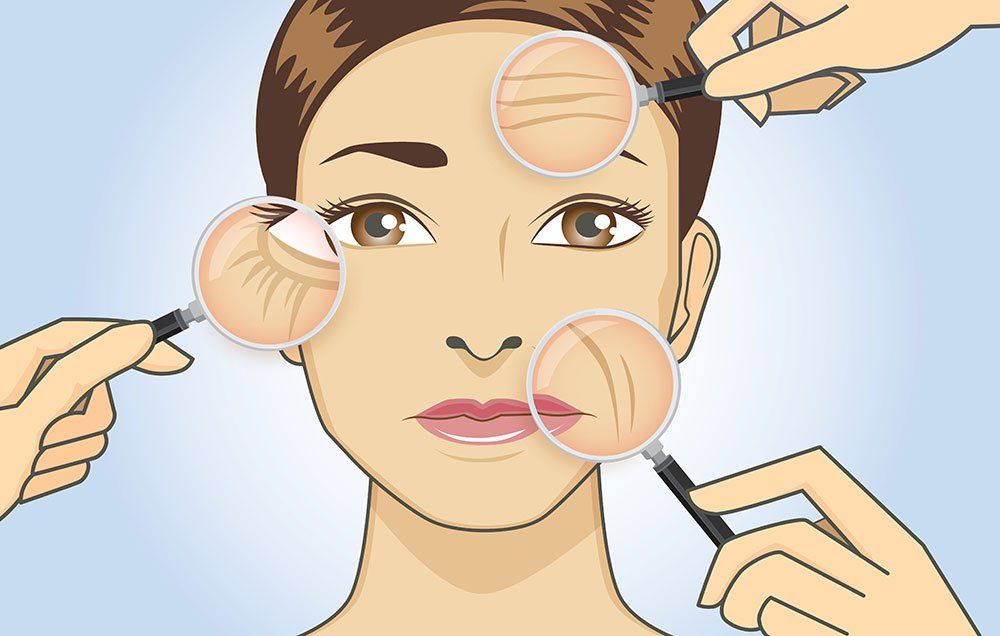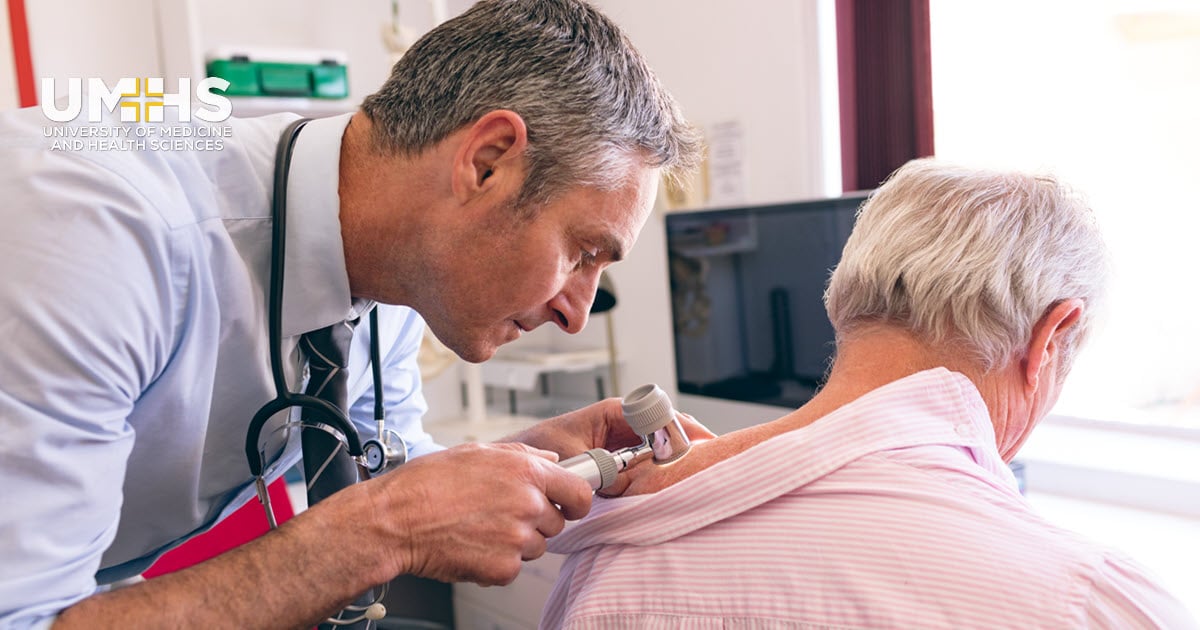Schedule a dermatologist specializing in mohs surgery for skin cancer treatment with high precision.
Schedule a dermatologist specializing in mohs surgery for skin cancer treatment with high precision.
Blog Article
Navigating Skin Cancer Cells Therapy: The Important Function of Mohs in Modern Dermatology Practices
Skin cancer cells, a difficult diagnosis, commonly leaves clients grappling with countless treatment choices. As we explore the ins and outs of this procedure, one will value its critical duty in skin cancer cells treatment.
Comprehending Skin Cancer Cells: Types and Threats
Skin cancer, a possibly life-threatening condition, is much more common than many people understand. This disease, triggered by the unchecked growth of irregular skin cells, mainly arises from DNA damages because of direct exposure to the sunlight and ultraviolet (UV) light. There are 3 main kinds of skin cancer: Basal cell cancer, Squamous cell carcinoma, and Melanoma. While the previous two are less dangerous and make up the majority of detected instances, melanoma is the most hazardous. It makes up just about 1% of skin cancer situations however creates the vast majority of skin cancer fatalities - dermatologist. Risk aspects consist of fair skin, history of sunburn, extreme sunlight direct exposure, living at high elevations or near the equator, having many moles, a family background of skin cancer cells, and deteriorated body immune system.
What Is Mohs Surgery and Just How It's Changing Skin Cancer Treatment
In spite of the various treatments currently offered for skin cancer cells, Mohs surgical treatment stands out as a groundbreaking and extremely reliable remedy. Called after Frederic E. Mohs, the medical professional that established the treatment, Mohs surgical treatment is an exact medical method utilized to treat skin cancer. This level of precision, incorporated with the ability to save as much healthy and balanced cells as possible, is transforming skin cancer treatment.
The Benefits of Mohs Surgical Procedure Over Standard Skin Cancer Treatments
Building on the ingenious nature of Mohs surgical procedure, it's important to consider its many benefits over typical skin cancer cells treatments. Unlike basic procedures, Mohs uses a greater remedy price, commonly getting to 99% for new therapies and 94% for recurrent cancers. Additionally, it reduces damage to healthy and balanced skin, leading to much less scarring website here and boosted aesthetic end results.
The Treatment of Mohs Surgical Procedure: What to Anticipate Throughout the Process

Potential Side Effects and Post-Operative Treatment of Mohs Surgical Procedure
Going through Mohs surgical treatment, like any various other operation, includes potential adverse effects that people must recognize. Usual side impacts include pain, bruising, and swelling at the surgical procedure website. These are normally momentary and convenient with over-the-counter discomfort medicine and ice packs. In unusual instances, people may experience infection, blood loss, or an allergy to the local anesthetic. Post-operative care is critical to healing and reducing adverse effects. This commonly includes maintaining the wound tidy and completely dry, taking recommended medicines, and avoiding laborious tasks. Clients need to also attend all this follow-up visits for wound treatment and monitoring. In many cases, added treatments may be necessary to ensure total removal of the malignant cells. Following these post-operative care guidelines can greatly enhance recovery and outcomes.
Final thought

Report this page